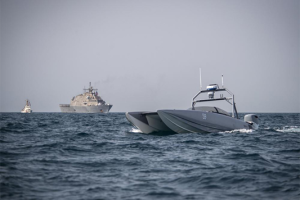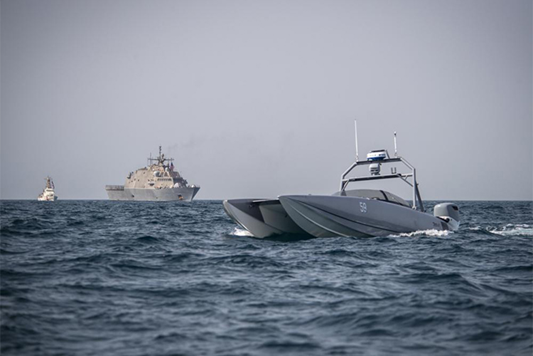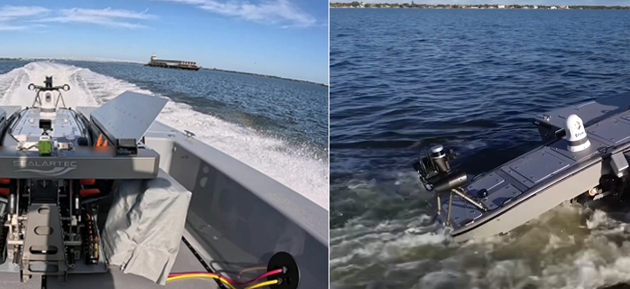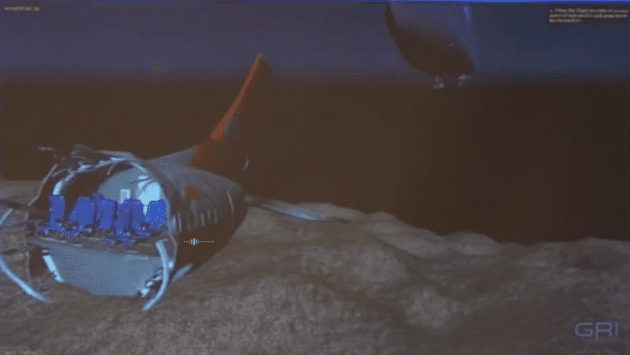AI-Driven Uncrewed Vessels: The Future of Naval Operations
Harnessing Autonomy to Enhance Capability, Reduce Costs, and Strengthen Maritime Strategy – by George Galdorisi.
In September 2024, Admiral Lisa Franchetti, the U.S. Navy’s 33rd Chief of Naval Operations, released her Navigation Plan, “Project 33,” aiming to modernise naval operations. A key focus is expanding uncrewed maritime systems to boost capability, reduce costs, and minimise risks to personnel.
The Hybrid Fleet concept, with 350 crewed ships and 150 uncrewed vessels, is central to this shift. Limited resources mean the Navy must prioritise autonomy, integrating AI-powered systems into operations by 2027. Trials, such as the T38 Devil Ray’s 150-mile autonomous voyage and high-speed interception exercises, prove the potential of these technologies.
While historically manpower-intensive, uncrewed systems are evolving. AI now enables fewer operators to control multiple vessels, improving efficiency and affordability. Companies like Maritime Tactical Systems (MARTAC) are embedding autonomy into platforms like MANTAS and Devil Ray, demonstrating real-world capabilities in U.S. Navy exercises.
As AI advances, naval strategy is shifting from hardware specs to operational autonomy. Whether for defence or commercial use, AI-driven uncrewed vessels are set to play a vital role in the future of maritime operations.
Read More:

MARTAC Devil Ray T38 (Photo credit: MARTAC).




